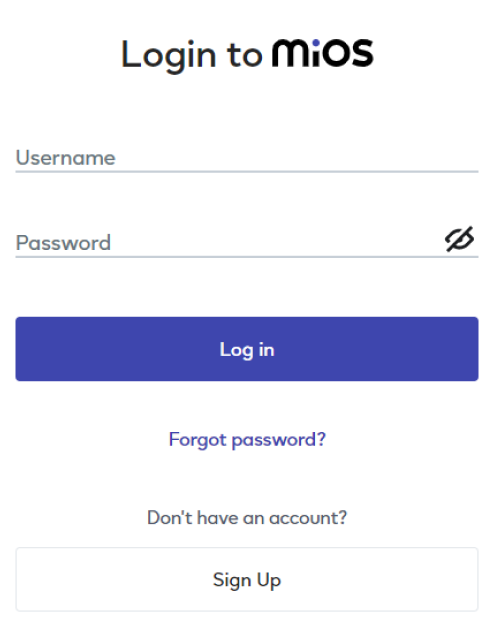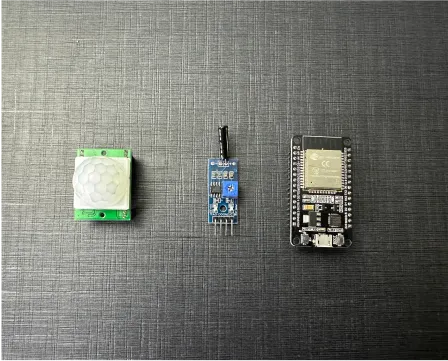
Feel the vibrations with EzloPi!
Enhanced Vibration detection using vibration sensor & PIR sensor
The EzloPi smart devices provide automation through simple, customizable use with our open-source EzloPi platform, making daily life easier and improving human-machine interactions.
Before moving into this example, it is very important to know about the device registration, provisioning and converting the ESP32 device into an EzloPi device along with knowledge of Web Flasher, MiOS Mobile Application for Android/iOS and the MiOS Web Application.
1. About this example
This project aims to enhance vibration detection capabilities by interfacing the SW180P vibration sensor module and PIR motion sensor module with the EzloPi device. The SW180P sensor detects vibrations, while the PIR sensor identifies motion, providing a dual-sensor system for improved accuracy in detecting physical disturbances. The EzloPi device serves as the central controller, integrating sensor data and enabling communication. This setup can be used in security systems, where precise detection of both vibrations and motion is crucial.
2. Project Demonstration Video
Welcome to the project demonstration video section. The following video showcases the key aspects of Enhanced Vibration detection using vibration sensor & PIR sensor, providing a visual walkthrough of its implementation.
3. Circuit Diagram & Interface
The following components are required for interfacing with the EzloPi device:
- ESP32 as an EzloPi smart device.
- SW180P vibration sensor module.
- PIR motion sensor module.
The wiring diagram of ESP32 30 pin is represented as follows:
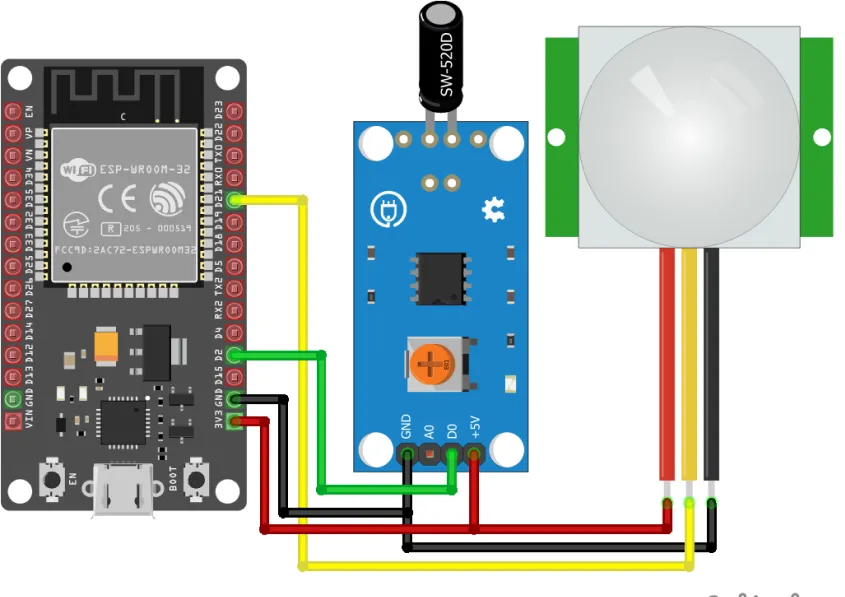
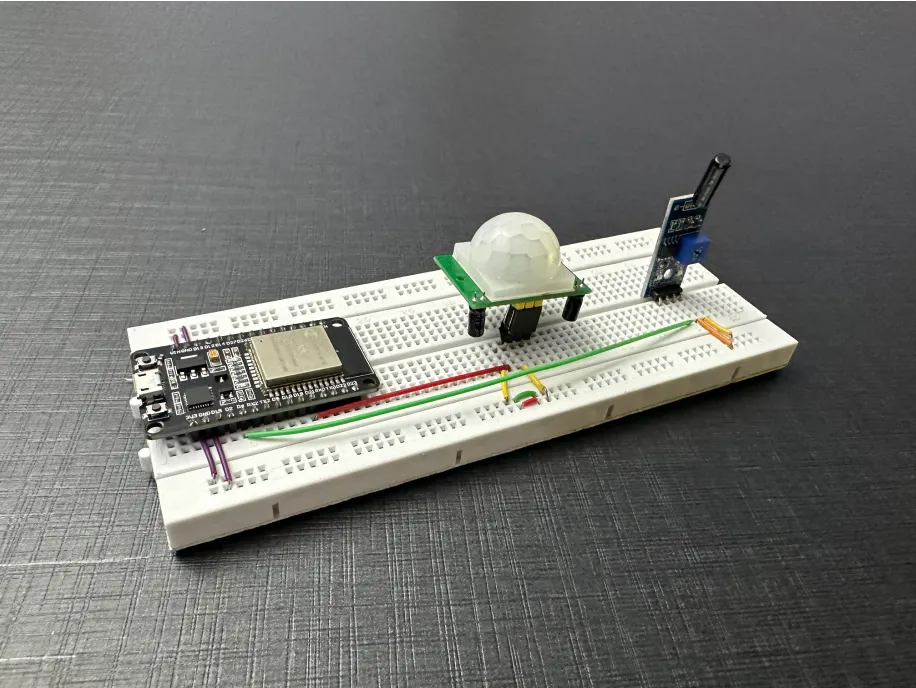
The following connections are made in order to complete the circuit setup:
From ESP32 to the Vibration Sensor Module:
| ESP32 | Vibration Sensor |
| 3V3 | VCC |
| GND | GND |
| D2 | D0 |
From ESP32 to the PIR Motion Sensor:
| ESP32 | PIR Motion Sensor |
| 3V3 | VCC |
| GND | GND |
| D21 | OUT |
4. Interfacing the Vibration sensor module & PIR Sensor with EzloPi Web Flasher
1. Set up your device/hardware by visiting config.ezlopi.com
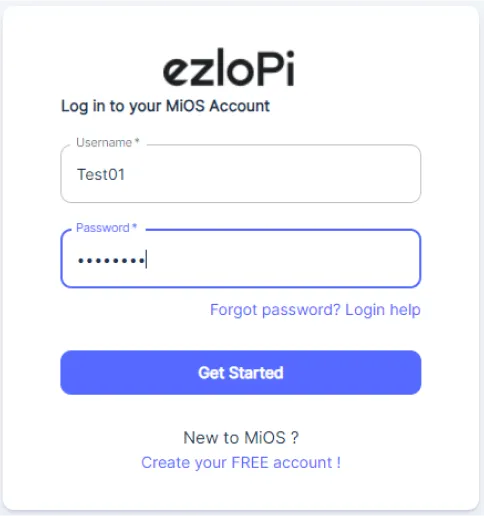
- Log in using the credentials which you just set earlier while signing up.
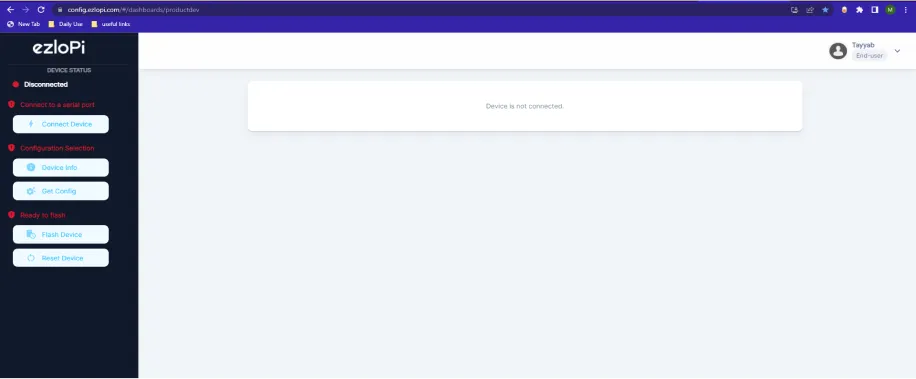
- Now, click on the Connect Device button and a pop-up window will appear.
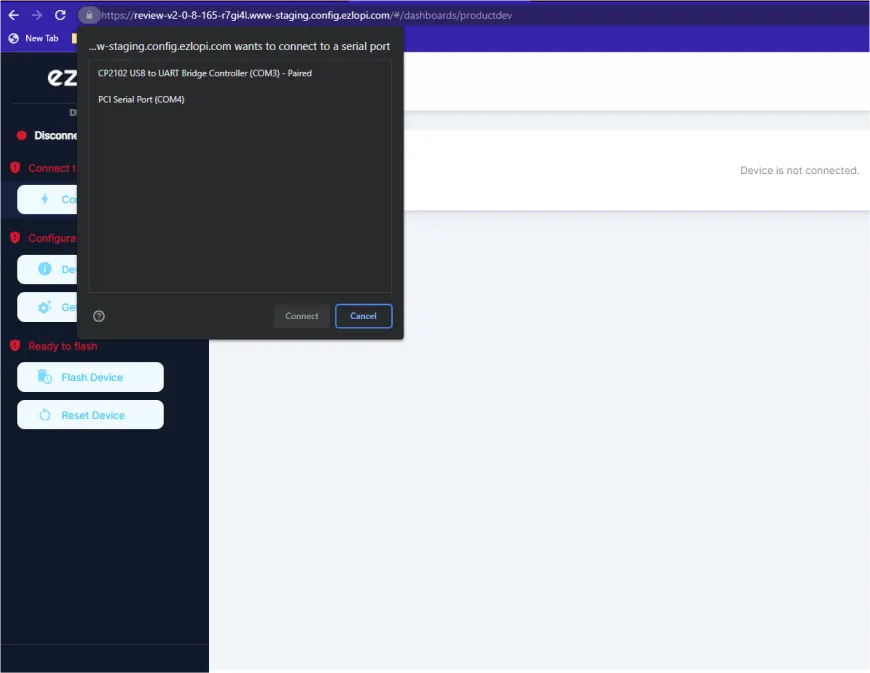
- Now, select COM Port to which your ESP32 device is connected. In our case, the COM3 port is used.
Click Connect
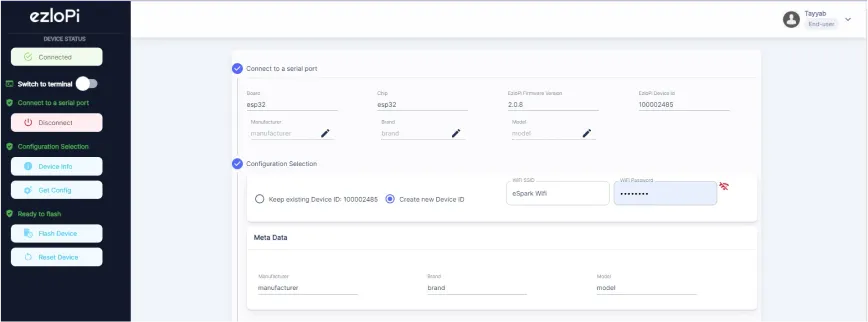
- If you are new to this and it's your first time configuring, select Create new Device ID. Enter Wifi SSID and Wifi Password.
- In the Device Configuration, tab click on Digital Input.
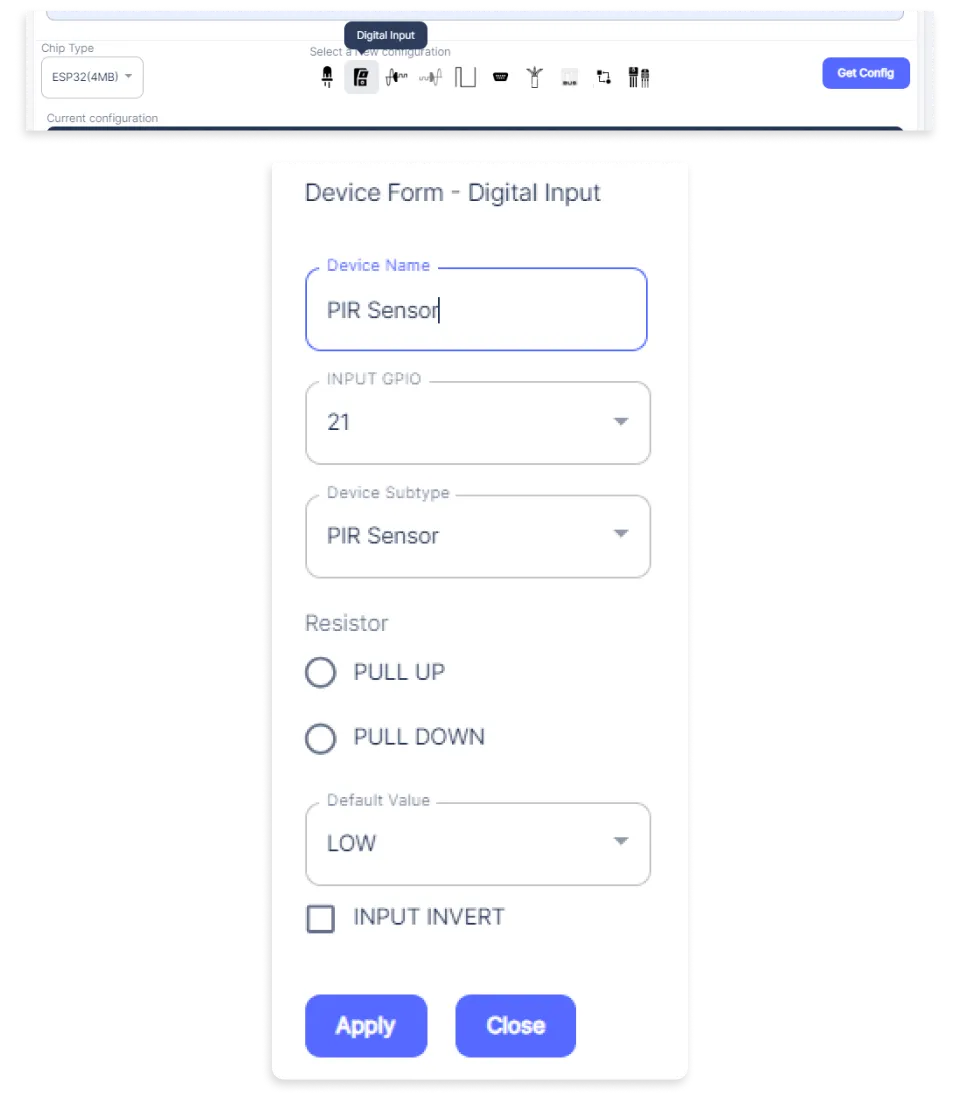
- An Digital Input window will open for inputting the following parameters:
- Set a Device Name of your choosing. In our case we set it to PIR Sensor.
- Set Digital input pin to 21.
- Set Device Subtype to PIR Sensor.
- Set Default Value to LOW.
- Now, Click the Apply button.
- After clicking the apply button you can see a table of your setting in the device configuration tab.
- Press the Flash Device button.
- In the Device Configuration, tab click on Digital Input.
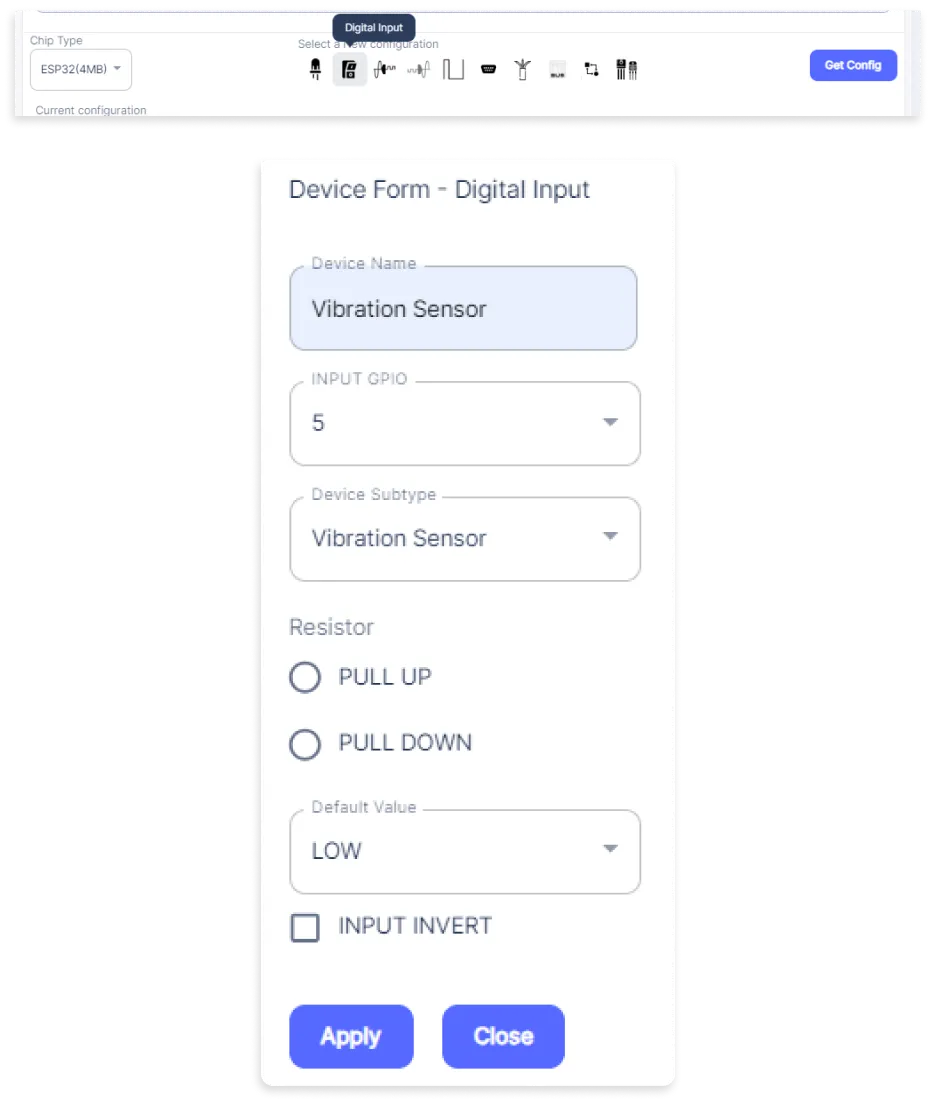
- A Digital Input window will open for inputting the following parameters:
- Set a Device Name of your choosing. In our case, we set it to Vibration Sensor.
- Set Digital input pin to 2.
- Set Device Subtype to Vibration Sensor.
- Set Default Value to LOW.
- Now, Click the Apply button.
- After clicking the apply button you can see a table of your setting in the device configuration tab.
- Press the Flash Device button.
- A window will appear on the bottom right side of the screen displaying “Please press BOOT button while flashing begins.”
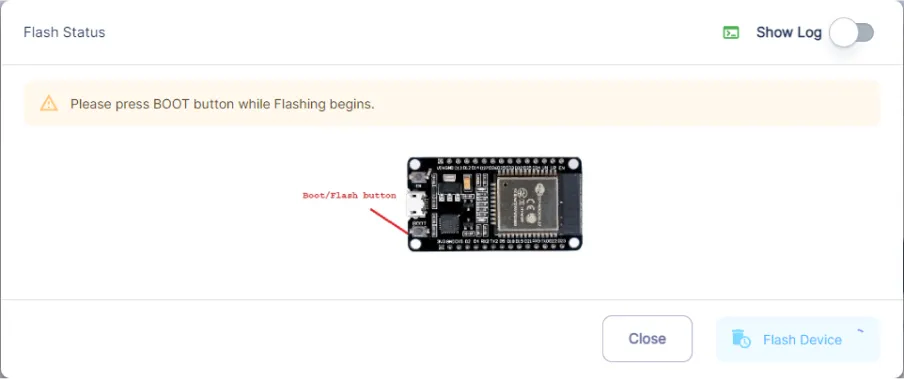
- Hold the BOOT button down until the next window appears on the bottom right side of the screen which says “Installation prepared. Please release the boot button now.”
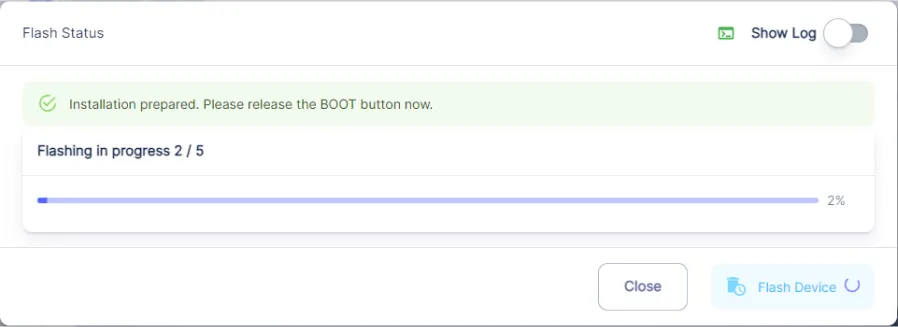
- Release the BOOT button from your ESP32 when this pop-up on the bottom right window appears.

- After some time, a popup will appear saying Device Flashed Successfully! This means that your device has been set up successfully.
5. MiOS App
You can download the MIOS Android app from the Google Play Store and Apple App Store.
- After downloading the app, proceed to install the application and open it.
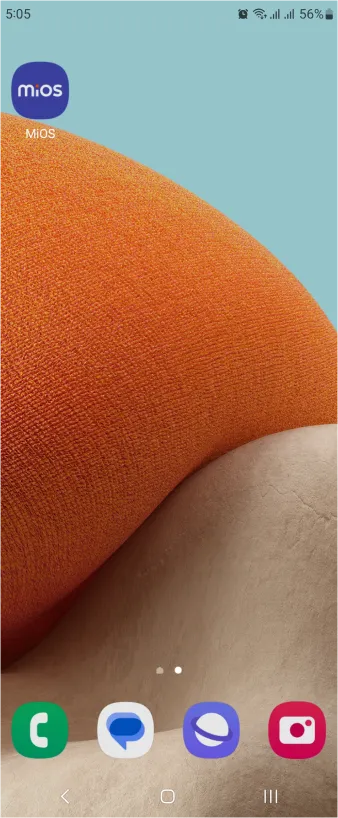
- Using the MIOS mobile application, create a new Ezlo Cloud account using the sign-up option. If you already have an account, you may proceed to log in.
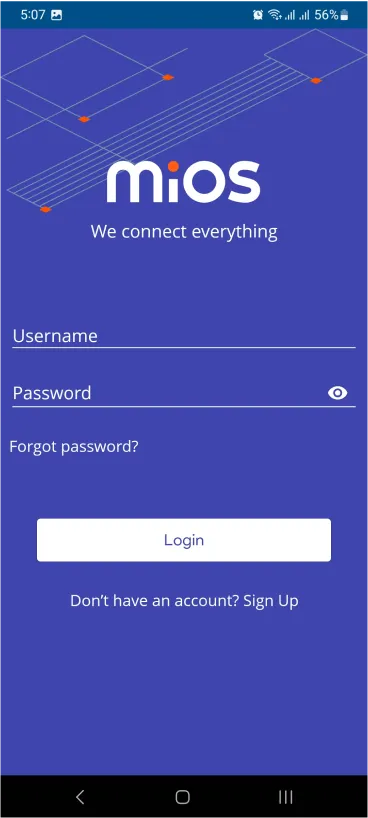
- After successfully logging in, you will be able to see the number of controllers connected such as a lamp, fan, or any other device in the MiOS app. Tap on any controller of your desired ID:
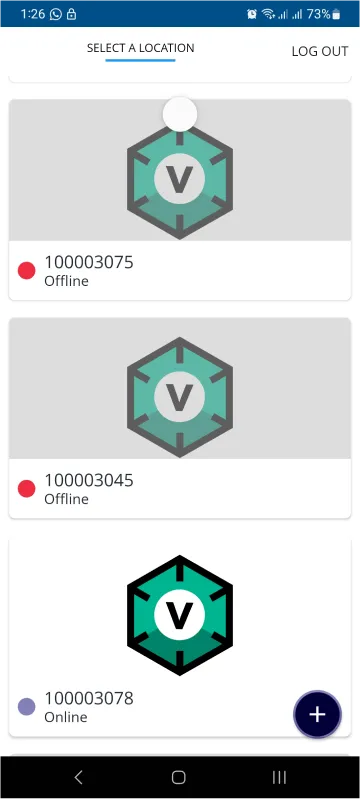
- You will be able to see the status of your controller whether it is online or offline. Access the device dashboard, and tap the device. The following view of the dashboard will appear:
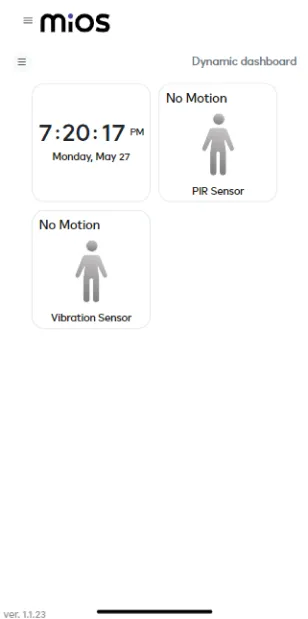
- After opening the MiOS mobile dashboard, you can see the tiles of your connected devices labeled as PIR sensor and vibration sensor respectively. Both are showing “No motion” on their respective tiles.
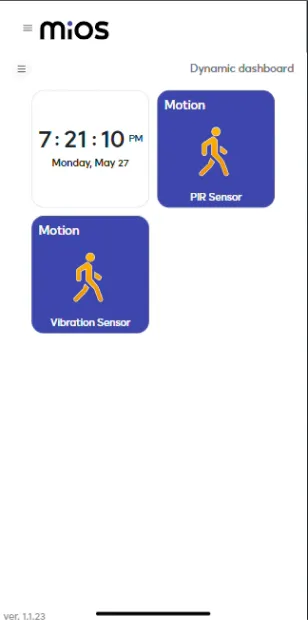
- Now, we can see that when PIR and Vibration sensors are triggered by some motion or vibrations, The tiles are enabled and show “Motion” messages.
6. MiOS Web Dashboard
- After configuring the controller with the EzloPi web flasher, head to ezlogic.mios.com
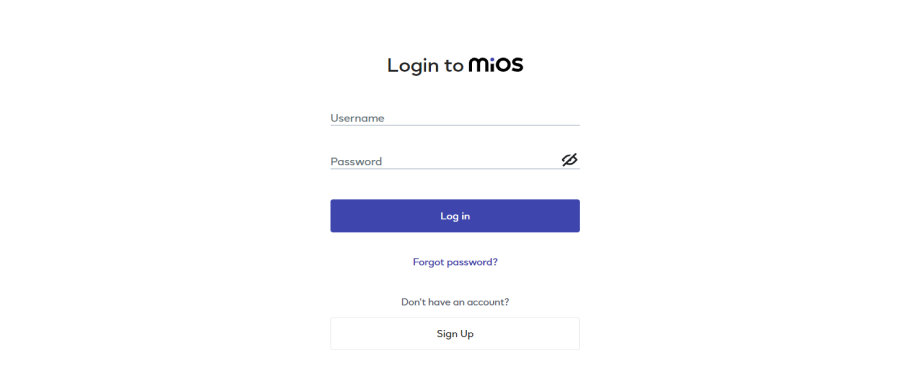
- Use the same credentials to log in that you used for configuring the controller with the web flasher.
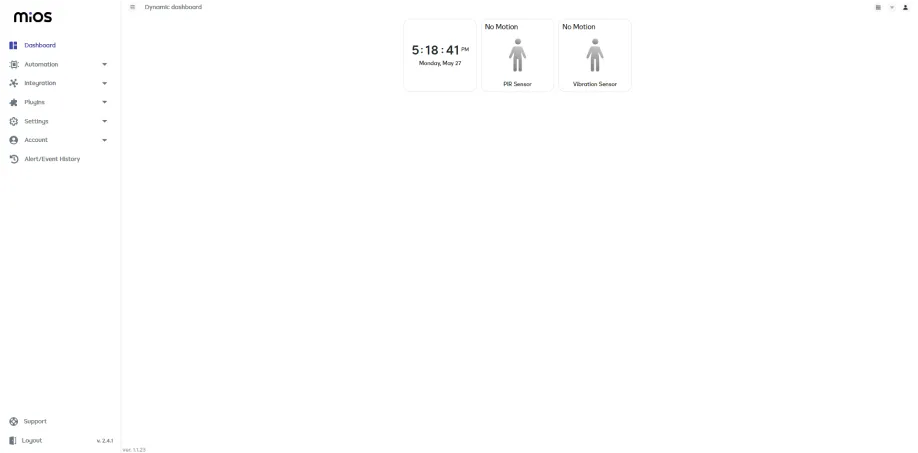
- In the MIOS Web dashboard, you can see the tiles of your connected devices labeled as PIR sensor and Vibration sensor respectively, Both are showing “No motion” on their respective tiles.
MeshBots:
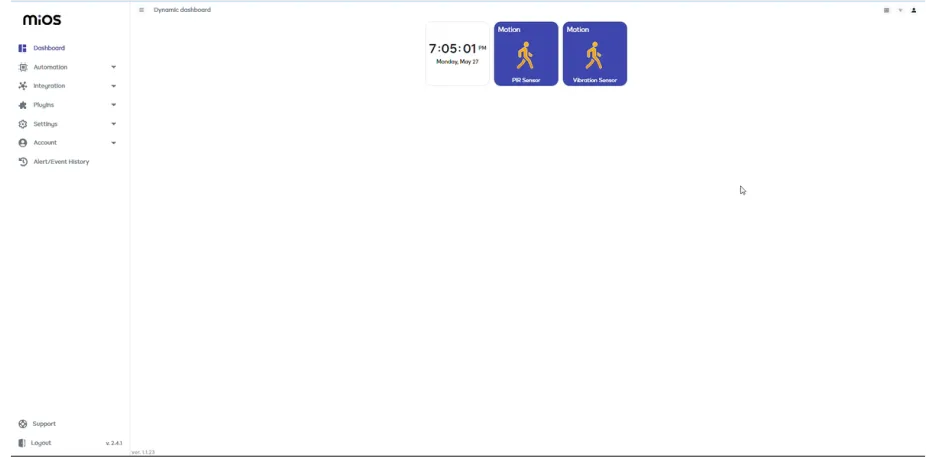
- Now, we can see that when PIR and Vibration sensors are triggered by some motion or vibrations, The tiles are enabled and show “Motion” messages.

eZlopie Products A single-channel 5V relay module $00.00

eZlopie Products Momentary switch $00.00

eZlopie Products Level Shifter Module (BSS138) $00.00

eZlopie Products ESP32
$00.00

eZlopie Products AC Lamp and Holder
$00.00











